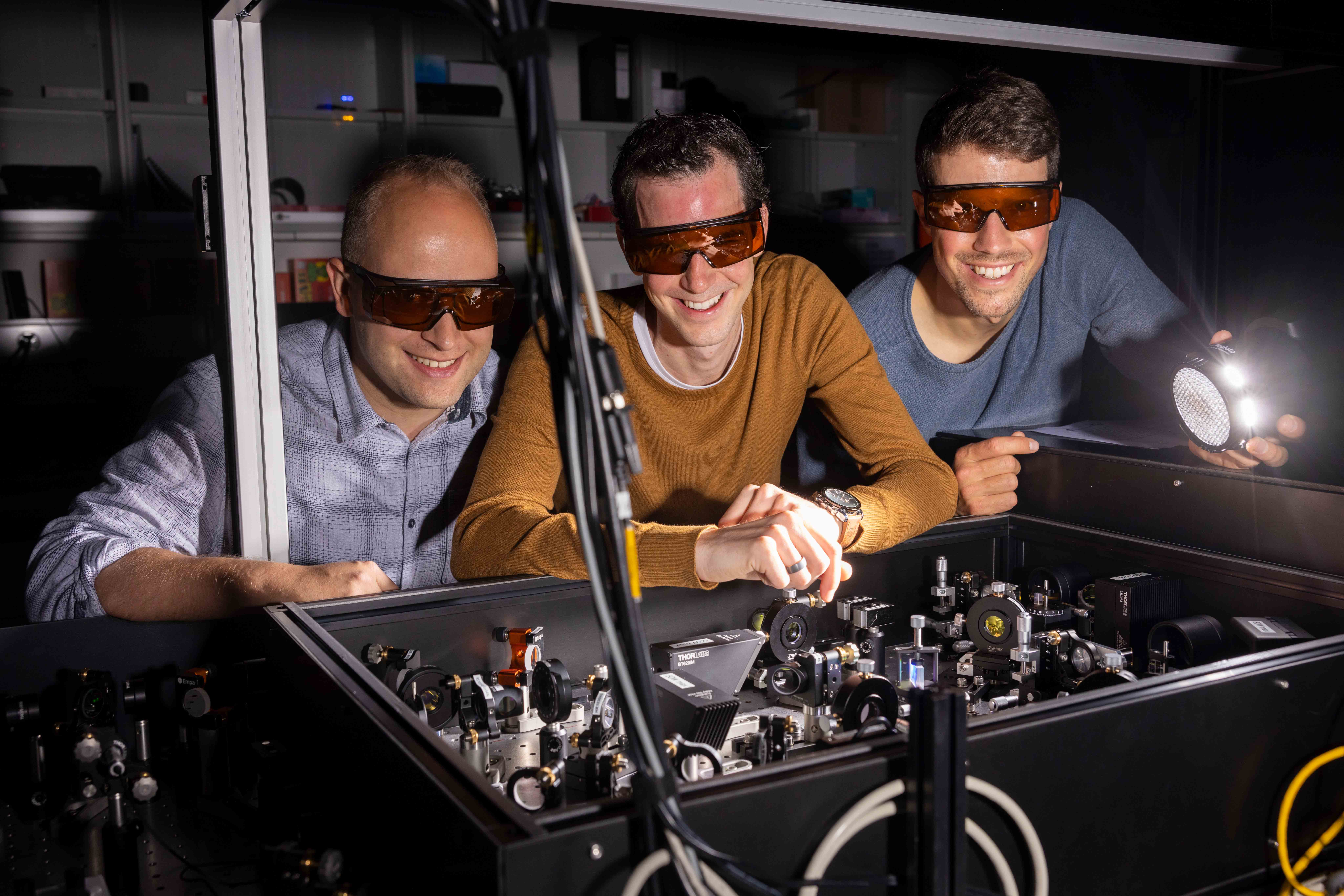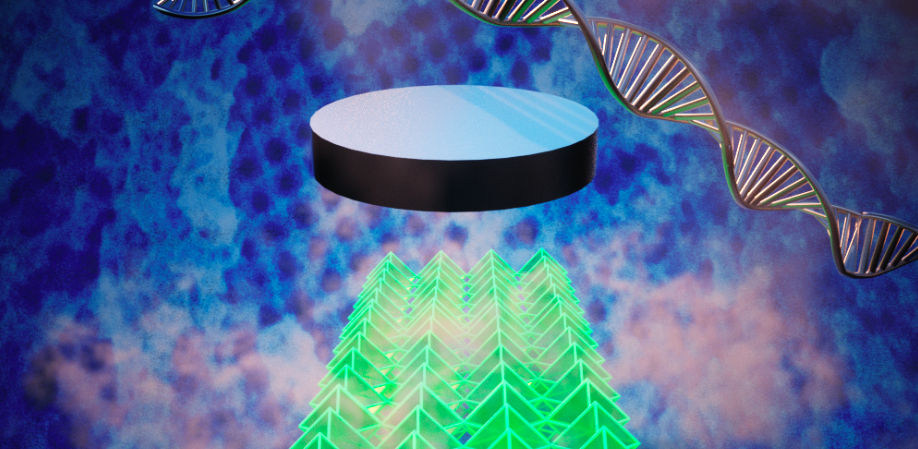Chris Anderson is the newest addition to the Materials Research Laboratory (MRL) faculty, and he is ready to make a quantum leap into the world of materials science.
Tag: quantum technology
Physicists embark on six-year hunt for dark matter particle
This DarkQuantum consortium was awarded €12.9 million on October 26 by the European Research Council, of which roughly €2 million is set aside for Aalto University researchers.

Masters of defects
Bruno Schuler and his young team are embarking on an ambitious research project: He will selectively generate defects in atomically-thin semiconductor layers and attempt to measure and control their quantum properties with simultaneous picosecond temporal resolution and atomic precision. The resulting insights are expected to establish fundamental knowledge for future quantum computers.
IBM’s Jason Orcutt moves the world toward an interconnected quantum future
Jason Orcutt of IBM provides an industry perspective on quantum simulation research at the Q-NEXT quantum research center and works to connect quantum information systems around the globe.
Quantum scientists accurately measure power levels one trillion times lower than usual
Scientists in Finland have developed a nanodevice that can measure the absolute power of microwave radiation down to the femtowatt level at ultra-low temperatures – a scale trillion times lower than routinely used in verifiable power measurements. The device has the potential to significantly advance microwave measurements in quantum technology.
Researchers take a step towards turning interactions that normally ruin quantum information into a way of protecting it
Rresearchers at Aalto University in Finland and IAS Tsinghua University in China report a new way to predict how quantum systems, such as groups of particles, behave when they are connected to the external environment. Usually, connecting a system such as a quantum computer to its environment creates decoherence and leaks, which ruin any information about what’s happening inside the system. Now, the researchers developed a technique which turns that problem into its a solution.
Duality Quantum Accelerator Announces Startups Selected for Cohort 2
Duality, the nation’s first accelerator exclusively for quantum companies, has accepted five startups from across the globe into the second cohort of the year-long accelerator based in Chicago, IL.
An atomic-scale window into superconductivity paves the way for new quantum materials
Superconductors are materials with no electrical resistance whatsoever, commonly requiring extremely low temperatures. They are used in a wide range of domains, from medical applications to a central role in quantum computers. Superconductivity is caused by specially linked pairs of electrons known as Cooper pairs. So far, the occurrence of Cooper pairs has been measured indirectly macroscopically in bulk, but a new technique developed by researchers at Aalto University and Oak Ridge National Laboratories in the US can detect their occurrence with atomic precision.
Quantum Networks in Our Future
In AVS Quantum Science, investigators outline how a time-sensitive network control plane could be a key component of a workable quantum network. In addition to the well-understood requirements of transmission distance and data rate, for quantum networks to be useful in a real-world setting there are at least two other requirements that need to be considered. One is real-time network control, specifically time-sensitive networking. The second is cost.
Uncovering Hidden Local States in a Quantum Material
States of local broken symmetry at high temperature—observed in several materials, including one with a metal-insulator transition, an iron-based superconductor, and an insulating mineral part of the Earth’s upper mantle—may enable the technologically relevant properties arising at much-lower temperature.
Tulane part of Navy/Army-funded research on improving communication
Tulane scientists are part of a team of Louisiana researchers looking at how smart quantum technology can improve communications systems used in the military.

Nation’s first quantum startup accelerator, Duality, launches at the University of Chicago’s Polsky Center and the Chicago Quantum Exchange
The University of Chicago’s Polsky Center for Entrepreneurship and Innovation and the Chicago Quantum Exchange today announced the launch of Duality, the first accelerator program in the nation that is exclusively dedicated to startup companies focused on quantum science and technology—a rapidly emerging area that is poised to drive transformative advances across multiple industries.
Robots learn faster with quantum technology
Artificial intelligence is part of our modern life by enabling machines to learn useful processes such as speech recognition and digital personal assistants. A crucial question for practical applications is how fast such intelligent machines can learn. An experiment at the University of Vienna has answered this question, showing that quantum technology enables a speed-up in the learning process.

UD JOINS MID-ATLANTIC QUANTUM ALLIANCE
The University of Delaware has joined the Mid-Atlantic Quantum Alliance — a hub for quantum technology research, development, innovation and education that seeks to advance U.S. and regional leadership in the coming quantum revolution.

Making 3-D Nanosuperconductors with DNA
Scientists developed a platform for making 3-D superconducting nano-architectures with a prescribed organization.